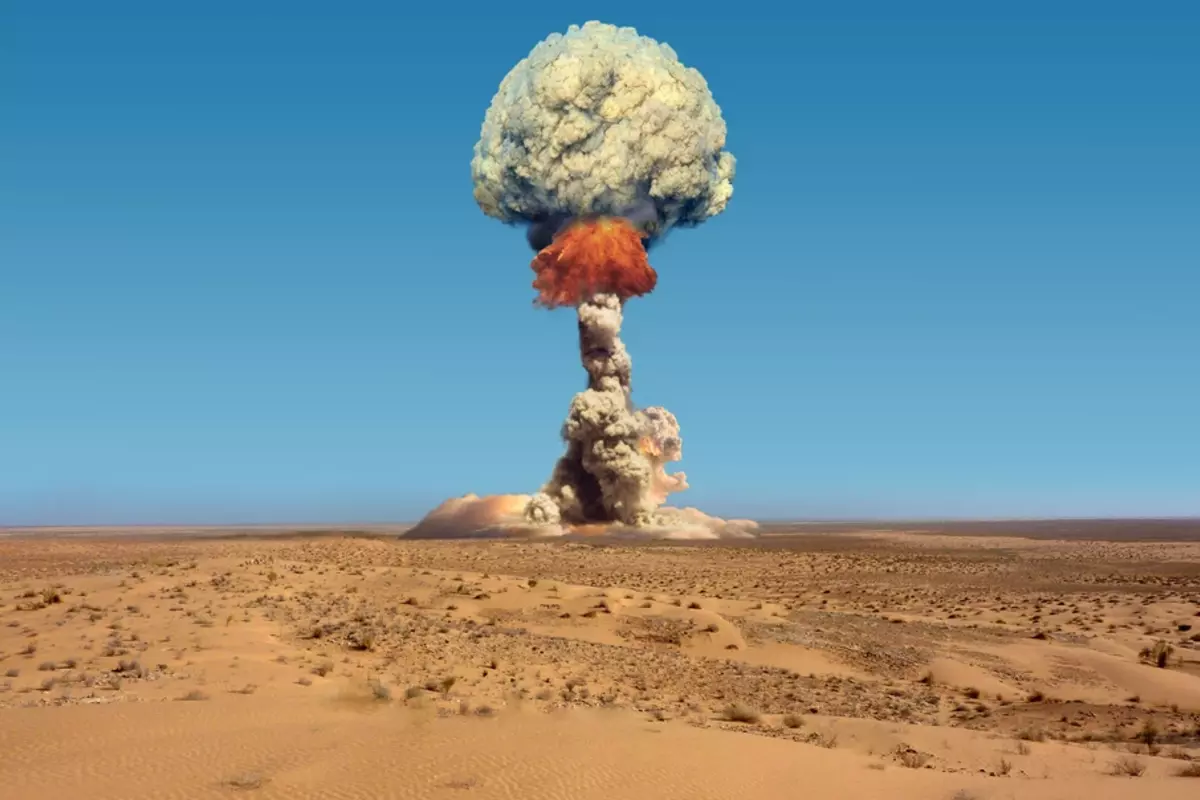
The Parliament of Russia has passed the last stage of a law to withdraw from Moscow’s ratification of the Comprehensive Nuclear Test Ban Treaty (CTBT), which has now been sent to President Vladimir Putin for signing. This situation has given rise to some questions
Let’s first understand what CTBT is
With the intention of minimising and eventually getting rid of nuclear weapons, the CTBT, which was agreed upon in 1996, forbids “any nuclear weapon test explosion or any other nuclear explosion” anywhere in the globe. According to its preamble, its goal is to promote disarmament and non-proliferation by limiting the advancement of nuclear weapons and preventing nations from manufacturing increasingly potent ones.
Which nations have ratified and signed?
The pact has been ratified by the parliaments of 178 states out of the 187 that have signed it.
Among the nine nuclear-armed nations, the United States, Israel, and China have signed but not ratified, while Britain and France have done so. After signing and ratifying, Russia is now rescinding its ratification, claiming to be “mirroring” the position of the United States. North Korea, Pakistan, and India have not yet ratified or signed.
What is the treaty’s legal standing?
The 44 designated nations—nine of which are armed with nuclear weapons and the other 35 of which are in possession of nuclear power and research reactors—must sign and ratify the treaty before it becomes legally binding.
Also read: (Original) Analytical difference between Terrorism and Fanaticism
So, does it have any real-world implications?
Indeed, in reality, the treaty has made it forbidden to conduct explosive nuclear testing. Other than North Korea, which carried out the most recent of its six tests in 2017, no nation has carried out a test of this kind since the 1990s.
A global network of observation posts capable of identifying radioactive fallout, shockwaves, and sound from a nuclear explosion was established by the treaty. When finished, it will have 16 laboratories and 321 monitoring sites spread throughout 89 nations. 90% of them are currently in use, notably in the US and Russia.
What Does the Russian Shift Mean?
According to Russia, it has no plans to test and won’t unless the United States does. Still, a few analysts believe that a Russian test is now more likely. Since the start of the war in Ukraine, Putin has made statements that the West interprets as nuclear threats. It’s possible that he is holding off on testing in case Russia’s fortunes drastically turn against him and he uses the testing as a warning to the West to back off. He has not stated in the open whether or not he believes a test is necessary.
What Would a Nuclear Test Achieve?
Also read: (Original) Analytical difference between Terrorism and Fanaticism
In scientific terms, not much, experts believe, because “subcritical” tests, which do not require a nuclear chain reaction, may accurately imitate full-scale detonations.
According to Dylan Spaulding, senior scientist at the Union of Concerned Scientists, both Russia and the US have sophisticated research programmes to comprehend weapon behaviour and performance. “That kind of research doesn’t require full-scale testing, it requires computer modelling,” Spaulding said.
Yet, analysts claim that a test would provide a strong political message.
Any state possessing nuclear weapons would only take this action under extraordinary circumstances, according to Andrey Baklitskiy, senior researcher at the U.N. Institute for Disarmament Research:
“The argument ‘Maybe our nuclear warheads will be a little bit better’ – that wouldn’t be a very good argument why you’d do this.”
Is There Any Reason to Fear a Return to Nuclear Testing?
According to security experts, the failure of the CTBT and the start of a new arms race would result from other nations quickly testing their own nuclear weapons. Campaigners against nuclear power claim that testing could harm the environment, however unlike in the early Cold War, this testing would take place underground. However, it would also suggest broader instability.”The first thing it shows us is that nuclear risks have increased if we live in a world where testing is taking place,” James Acton, co-director of the Carnegie Endowment for International Peace’s nuclear policy programme, stated.
“I think testing is both a symptom of growing tensions and would also further exacerbate those tensions.”
To read more such news, download Bharat Express news apps



















